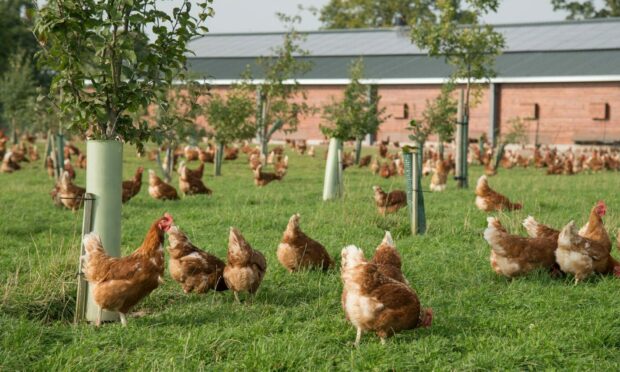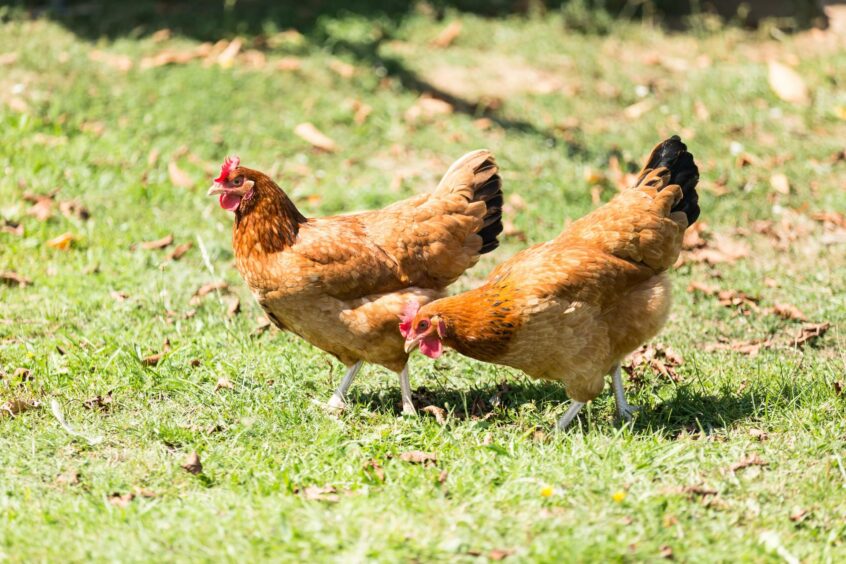A series of bird flu outbreaks in the north-east has prompted the UK to raise its risk level to high.
There have been recorded cases of avian influenza across Aberdeenshire, including near Inverurie, Collieston and Strichen.
These recent wild bird deaths have also been reported around Scotland and the rest of the UK, including:
- Angus
- Fife
- Scottish Borders
- Edinburgh
- Moray
Currently, the risk level for bird flu in the country is classified as high.
This is a result of continuing reports of cases across bird populations.
The alert level aims to reveal any weaknesses in biosecurity.
While this high-risk level persists, biosecurity measures are in place to help protect against the entry and spread of pests and diseases – like bird flu.
How does it spread?
Bird flu can be spread through close contact with an infected bird – whether they are dead or alive.
However, it rarely spreads from person to person.
The NHS provides straightforward advice on how to keep yourself safe.
What to avoid:
- touching birds that have been infected
- touching bird droppings or nests
- killing or preparing infected birds to eat
What is the risk for us?
Farms in the area are taking the necessary precautions, including keeping birds indoors to reduce the spread – though for some this means the temporary loss of producers’ free-range status.
Local disease expert Professor Hugh Pennington is a renowned virologist.
Prof Pennington has reassured that the risk to people is low.
He said: “It is very unusual for anyone to get infected.
“Even people that keep birds are not at risk, unless they have very prolonged, close contact with infected birds.
“But it is very bad news for the birds that get infected with it.”
The Scottish Government has said that the risk to humans from bird flu is very low and is not related to Covid-19.
More on bird flu…
Bird flu latest: Egg producers temporarily lose free-range status


